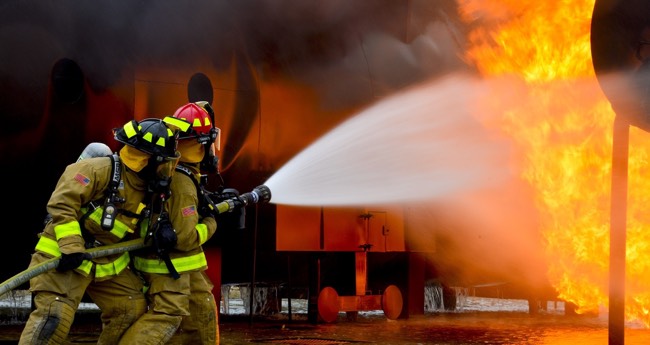Damage Prevention
City infrastructure is constantly expanding and becoming more complex. Recent expansion of networks, such as fiber to the home in North America and Europe, is changing the underground landscape. New infrastructure construction can come into conflict with pre- existing infrastructure and poses serious challenges due to underground congestion.
In order to properly build, manage and maintain utility infrastructure, proper damage prevention procedures are necessary to secure and safeguard all those existing and yet to be installed. Without proper utility damage prevention practices in place, the safety and resources of all stakeholders is put at serious risk.
With any type digging or excavation, there is always the possibility of striking a buried utility such as gas, hydro, and electric. A potential utility strike can cause explosions, flooding, electricity leakage, or most importantly loss of life. These situations are extremely expensive to fix and cause vital service disruptions that can negatively affect all aspects of proper city operation.
The best way to prevent damage is to have in place a cumulative set of legal processes, proper utility & engineering regulations, and municipal bylaws, that define how utilities are to be installed and maintained, how excavators will abide to protect installed utilities, and how public safety and environment will be protected.
In North America, regulations and damage prevention initiatives have been implemented which define how data is collected, integrated and managed for proper damage prevention.
A tried and tested model to ensure limited damage to utilities includes: Using experience locating service providers, and using One-Call center fully enriched with digital maps.
By adapting a proper safety model, infrastructure can be constructed and managed with the highest degree of safety for the years to come.



